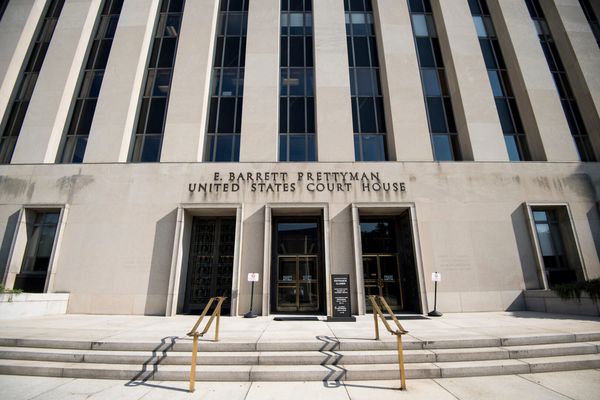
- Microsoft has launched a wizard to help Windows 10 devices stay secure
- It’s only intended as a temporary solution, though
- Windows 10 support ends later this year
Windows 10 has been around for almost a decade now, but official support is due to end on October 14 this year. Yet that doesn’t have to be the end of the road, as Microsoft has just announced a new process for anyone who needs a little more time to switch to Windows 11.
The updates are part of Microsoft’s Extended Security Updates (ESU) program, which brings monthly critical and important security patches to Windows 10 users for one year after official support ends. Microsoft says this is only meant to be a short-term solution, as it doesn’t include non-security updates or new features.
With today’s change, there are now a few new ways to get started. For individuals, there’s a new enrollment wizard that will give you three options: use Windows Backup to sync all your settings to the cloud; redeem 1,000 Microsoft Rewards points to get started; or pay a one-off fee of $30.
After you’ve picked an option and followed the instructions, your Windows 10 PC will be enrolled. ESU coverage for personal computers lasts from October 15, 2025 until October 13, 2026. The enrollment wizard is currently available in the Windows Insider Program, made available to regular Windows 10 users in July, and will roll out on a wider basis in mid-August.
Time to upgrade

The ESU changes aren’t just coming to individual Windows 10 users. Commercial organizations can pay $61 per device to subscribe to the ESU program for a year. This can be renewed annually for up to three years, although Microsoft warns that the cost will increase each year. Businesses can sign up today via the Microsoft Volume Licensing Program, while Cloud Service Providers will begin offering enrollment starting September 1.
As for Windows 10 devices that are accessing Windows 11 Cloud PCs via Windows 365 and virtual machines, these will be granted access to ESU free of charge and will receive security updates automatically, with no extra actions required.
In a way, Microsoft’s announcement highlights the struggles the company has had with getting people to upgrade to Windows 11. Microsoft first announced that it would kill off Windows 10 way back in June 2021, and yet there are still people and organizations that have not made the switch, despite many years of prompts and warnings.
For some people – especially those with mission-critical devices or large fleets of computers – upgrading to Windows 11 might be a herculean task. But if you’re able to make the switch, you really should do so to ensure you keep getting all the latest updates. We’ve even got a guide on upgrading to Windows 11 to help you through the process.
You might also like
- Windows 10 diehards can keep their beloved OS secure for a little while longer (for a fee) as Microsoft pleas with them to be reasonable
- Windows 10 has a year left to live – but are users prepared to upgrade to Windows 11?
- Windows 10 goes dark in 6 months, yet shockingly, many businesses haven't even got a plan to upgrade







